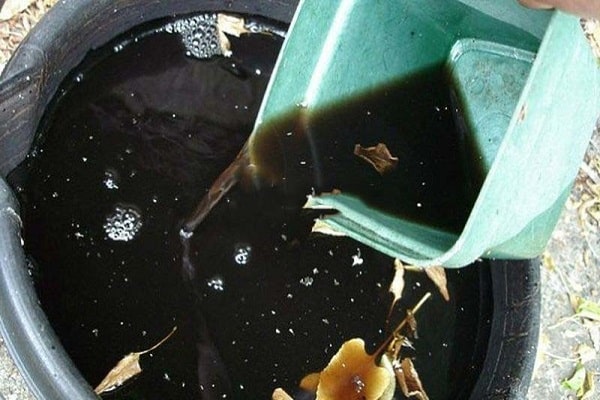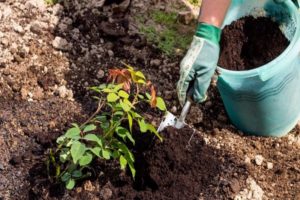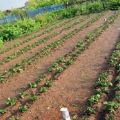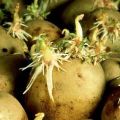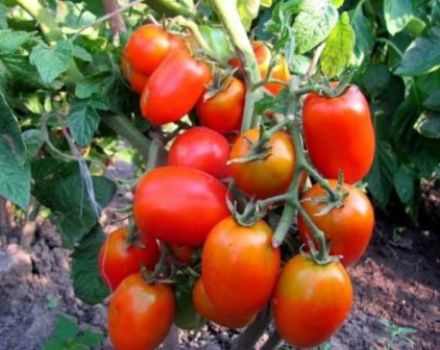What and how to properly feed potatoes during and before flowering?
In order for the tubers to form even, large and tasty, you need to feed the potatoes on time. Fertilizers need to be applied in a timely manner, correctly calculating the dosage. Thanks to feeding, the plant develops well, rarely gets sick and resists unfavorable factors.
The correct approach to feeding
Potatoes absorb almost all useful components from the soil throughout the season. Therefore, sufficient fertilization is recommended. Better, of course, to change the planting site of the vegetable crop every year.
They begin to apply fertilizers in the fall, while digging the soil. You can make a composition of humus, simple superphosphate and potassium sulfate. Fresh manure is allowed. During the winter, he will repack and give all the nutrients to the soil. You can apply fertilizer from double superphosphate and potassium sulfate.
If the land is characterized by high acidity, then in the fall it is recommended to add dolomite flour (the consumption rate is 200 g of dolomite flour per 1 sq. M.). It can be replaced with wood ash.
In the spring, it is preferable to apply the fertilizer directly to the prepared well before placing the seed potatoes. A composition of humus, ash, superphosphate and ammonium nitrate is ideal.
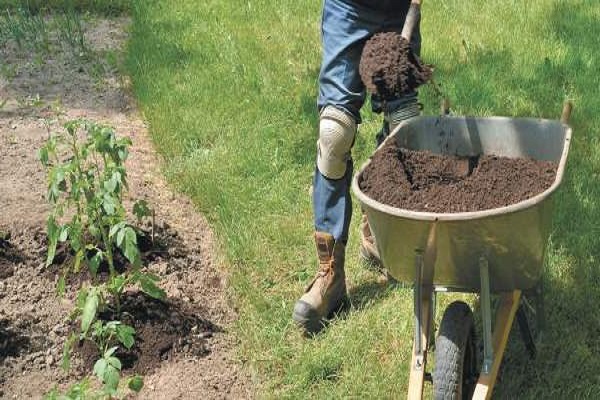
If potatoes are fed regularly and correctly after planting, then you can get a good harvest. The number of medium and large tubers with excellent taste and useful properties is increasing.
If there is a weak growth of tops, you can use the composition of urea, the drug "Solution" and mullein. All components are filled with water. If the flowering period is delayed, a composition of wood ash and potassium sulfate will help.

Special preferences for vegetable crops
Potatoes at any stage of their development need nitrogen, manganese, phosphorus, potassium and other trace elements. Can be used complex mineral fertilizers or one-component formulations that can be alternated with organic dressings. Popular are horse or cow manure, bird droppings, infusions of meadow grasses.
Additional fertilization increases resistance to fungal and viral infections. A sufficient amount of trace elements in the soil determines the amount of starch in the tubers and the storage time of the harvested crop.
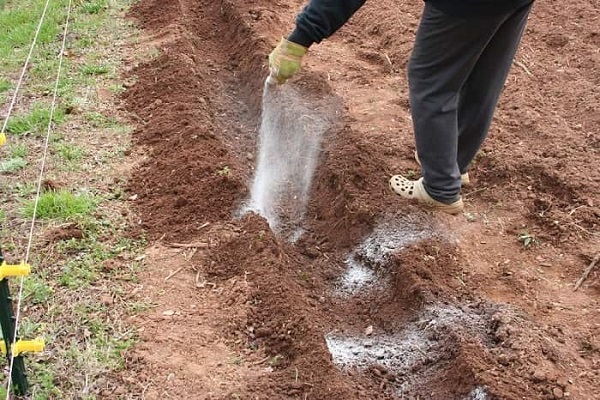
Potatoes poorly and slowly assimilate nutrients introduced into the soil.Therefore, fertilizers have to be consumed in large quantities so that at least some part gets into the plant. It is more efficient to use foliar feeding.
Fertilizing at the root
At certain stages of development, a vegetable crop needs additional trace elements. The appearance of the bushes can also help determine what to feed the potatoes with. Fertilizer is applied at the root at the stage of emergence of the first shoots, then during the period of bud formation and during active flowering.

Surface fertilization of the soil where potatoes grow is not advisable. In order for all the necessary elements to reach the roots, fertilizer must be embedded in deeper layers of the soil. Experienced growers carry out root feeding as follows. A peg is driven into the aisle to a depth of 25 cm. And a liquid composition of nutrients is introduced into the resulting depression. They are evenly distributed over the next three roots without causing burns.
First feeding
As soon as the first shoots appear, fertilization is recommended. It is recommended to introduce mineral fertilization in a timely manner in order to prevent problems with the growth and development of the plant. You can make a composition from cow dung and urea. These components are poured with a bucket of water.

Second feeding
During the second fertilization, you need to reduce the amount of nitrogen so that the underground part of the plant gains strength, and not the foliage. During this period, the plant needs potassium and phosphorus most of all. You can make a composition from potassium sulfate, ash and superphosphate.
There are several reasons why potatoes do not develop well. The condition can be determined by external signs:

- If the leaves are pale in color, irregular in shape, and the tops turn yellow, this may indicate a nitrogen deficiency.
- Lack of boron leads to the fact that the bushes grow small in size, while the foliage is formed dense. Spots can be found on the leaves, the tubers are formed small with an unpleasant aftertaste.
- Lack of magnesium leads to a decrease in the amount of starch in the tubers. The leaves begin to turn yellow and curl at the bottom.
- If the leaves are mosaic with light green spots, manganese deficiency can be suspected. Productivity decreases and immunity worsens.
- Calcium starvation is evidenced by the pink color of the leaves, their curling, drying and slow growth.
- The lack of potassium is manifested by the dark green color of the leaves with spots. Bushes do not grow, and the flowering period is late.
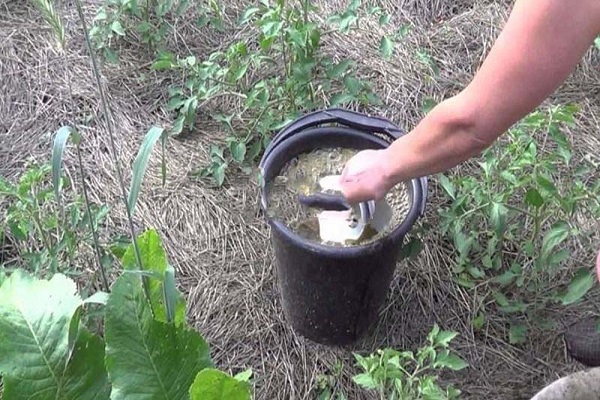
Third feeding
The last feeding of potatoes is carried out no later than three weeks before the start of the harvest. A composition of slurry and superphosphate is suitable.
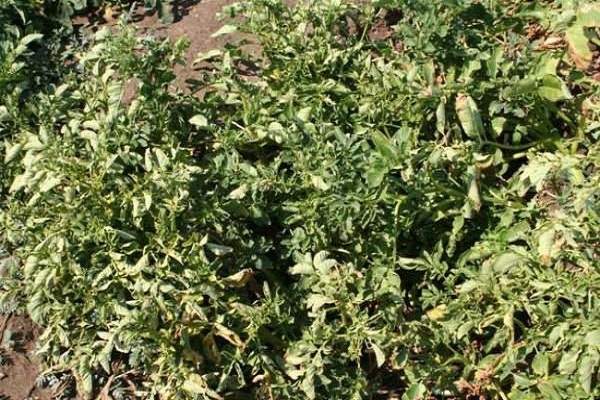
Feeding with yeast
If the question arises, what fertilizer can be used to feed potatoes, we can confidently note the beneficial properties of yeast. They contain a lot of magnesium, zinc, boron, iron.
The use of yeast formulations helps to speed up the process of mineralization of already introduced organic matter, increases immunity and stimulates the growth of the root system, prevents the reproduction of pathogens and creates conditions for the active activity of beneficial bacteria in the soil.
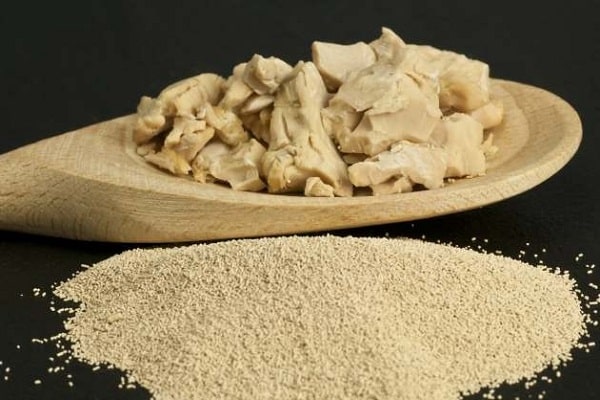
The introduction of yeast infusions must be carried out following a number of recommendations:
- the soil must be warmed up so that all the beneficial properties can manifest;
- it is not recommended to use such fertilizer too often;
- the prepared composition cannot be stored for a long time.
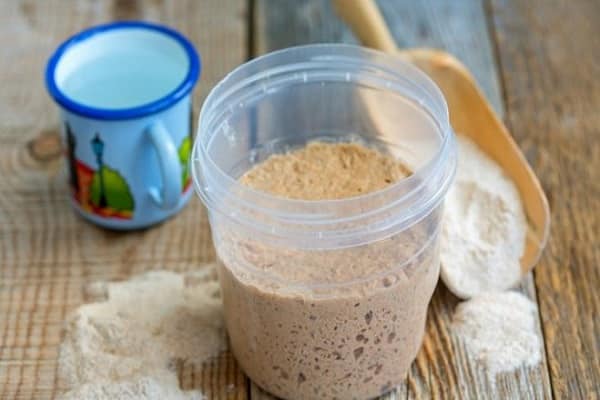
The composition prepared according to the following recipe is considered effective. 10 g of dry yeast and 50 g of granulated sugar are dissolved in a bucket of water. Leave the composition to infuse for three hours. Before use, the finished solution is diluted with water in a ratio of 1: 3.
Fresh yeast can be used. They are dissolved in warm water 1: 5. Before use, the fertilizer is diluted with water 1:10.
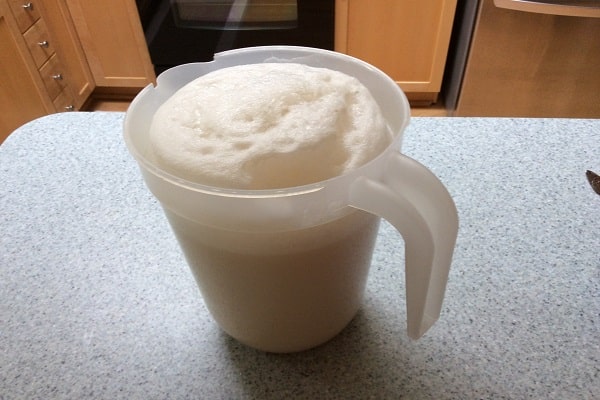
Foliar fertilization
Foliar processing for potatoes useful, but they must be carried out correctly. Potato leaves have a dense shell, so if not properly sprayed, nutrients will be poorly distributed and absorbed. So that this shell does not interfere with the penetration of fertilizers, special agents with surface-active substances (surfactants) are used.
You can spray with infusion of nettle, copper sulfate, manganese, nitrogen-based compounds. All of these components increase disease resistance, repel pests and increase the shelf life of harvested tubers.

For the first spraying, when the first green leaves appear, a carbamide solution is suitable. It contains a lot of nitrogen, which contributes to the rapid and healthy growth of the plant. Dilute urea and boric acid in a bucket of water.
Throughout the growing season, it is useful to treat the bushes with solutions of humic acids. It is enough to dissolve 2 g of the preparation in a bucket of water.
To improve the taste of tubers, at the last stage, foliar processing with phosphorus is carried out. You can dissolve 100 g of superphosphate in a bucket of water.
